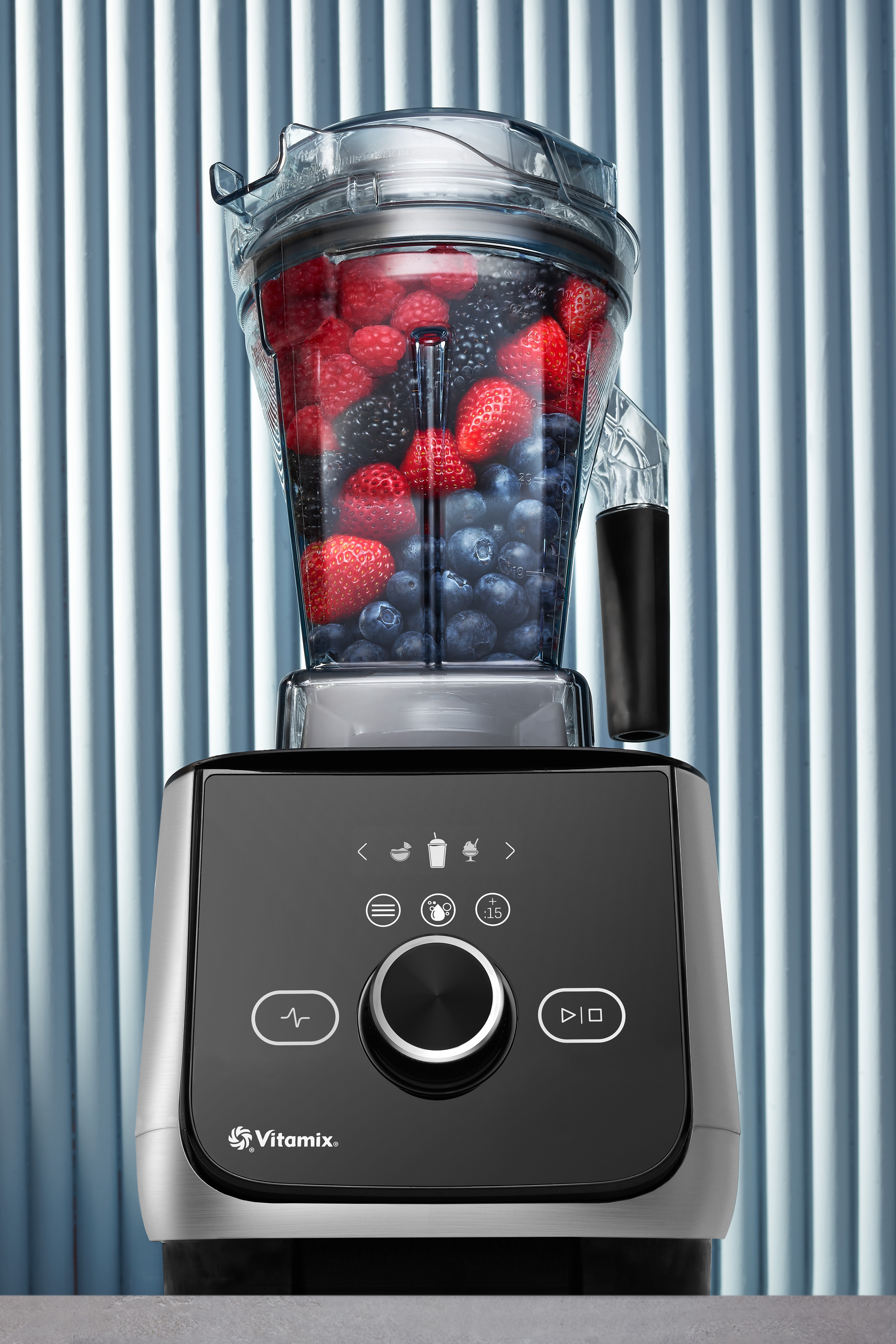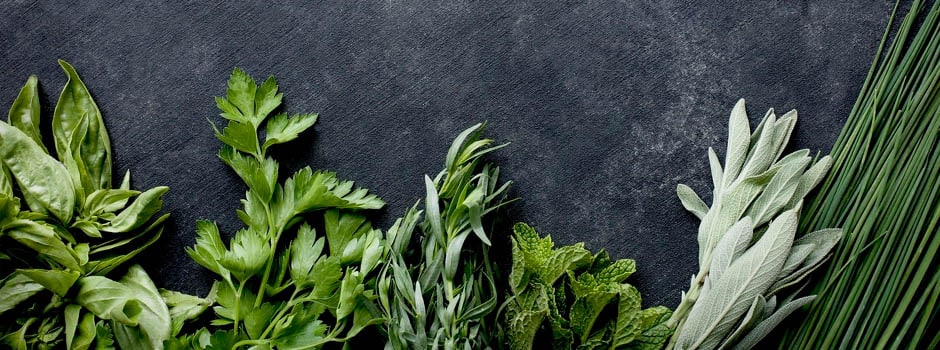Packaged and frozen foods are convenient, but they can't engage all of your senses in the same way as fresh produce. Whether you buy yours from the market or a farm stand, working with fresh ingredients elevates your cooking dramatically. To get started, here are a few quick tips on how to buy, prepare, store and cook with fresh vegetables and herbs.
Buying and Storing Fresh Herbs
When shopping for herbs, choose the freshest-looking sprigs you can find. They should be bright green, with leaves that aren't limp or discolored. Herbs with woody stems, like rosemary and thyme, keep well in the fridge. Just wrap them in a damp paper towel and bag them. Herbs with soft stems, such as cilantro or tarragon, aren't as durable. Snip their stems and keep them upright in your fridge in a sealed Mason jar with an inch or two of water. Basil doesn't need refrigeration, so it can just stand on your windowsill in a glass of water. In each case, change the water often. Stored this way, they'll last for weeks. Discard them when they wilt and become discolored.
Using and Preparing Fresh Herbs
You probably know a few classic combinations even if you're new to fresh herbs. To expand your horizons, taste the food you're cooking and then taste or sniff a few herbs. When you find a combination that appeals to you, snip a few sprigs and add them shortly before serving. That way, their flavors stay bright and fresh. If you have lots of any one herb, toss them into your Vitamix machine to make large batches of pesto, persillade or herbed butters.
Buying Fresh Vegetables
Leafy greens, from the most delicate lettuce to the hardiest of kale, are easy to choose. The best are fresh-looking, not wilted and flabby. A few holes from insects are acceptable, but avoid any with bruised, browned or discolored areas. Greens can be kept in special air-permeable storage bags or simply wrapped in a damp paper towel and left in a regular bag with an air hole Juicy summer vegetables, such as tomatoes and cucumbers, should be plump and heavy for their size, without soft bruised spots or shriveled, wrinkled areas. Vegetables that aren't refrigerated at the store can sit out in a bowl until they're cut. Then they need refrigeration. Greens are best if used within a week. Juicy vegetables should be used or discarded within 7-10 days, or when they begin to shrivel and develop soft spots. Root vegetables will keep for several weeks, and some will last for months.
Preparing and Using Fresh Vegetables
Using all this warm-weather bounty is the fun part. Sturdier greens including spinach and kale are salad-ready but also make excellent soups and dips. Use red, ripe tomatoes as the base for a tasty fresh salsa or combine them with other fresh vegetables in a cooling, Spanish-style gazpacho. Don't forget smoothies, which can incorporate a surprising range of vegetables for light, nutritious summer refreshment.
Related Articles

Why You Should Embrace Brown Fruit and Vegetables
Brown fruit and vegetables are often thrown away, which contributes to a high amount of global food waste. Here's how you can use them in the kitchen.

5 Top Tips for Reducing Food Waste
Vitamix - Blending Machines for the Home and Business

5 Tips for Planting a Garden
The shorter the distance food travels from farm to table, the better it tastes.



